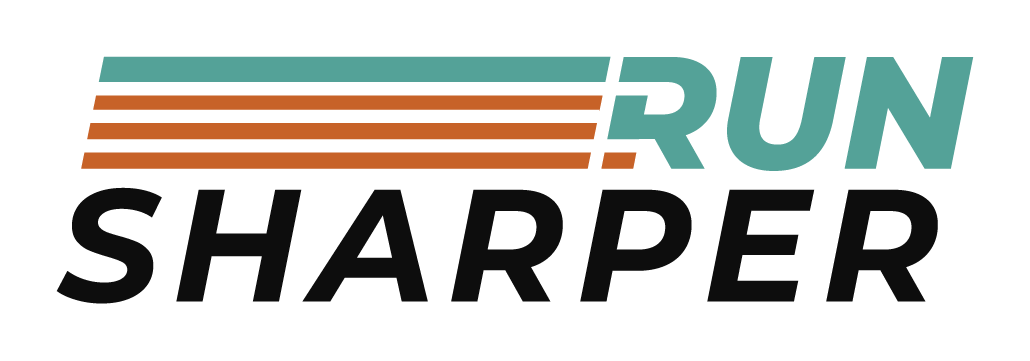Pace Glossary
Below are explanations for pace terms that will show up in your RUNSHARPER training program. Other coaches may use different definitions for the same terms, but here’s what I mean by these terms:
Cruising pace = the pace at which you’d find yourself running if you ran without your watch at a comfortable pace. For a lot of people, this about 90 seconds to 2 minutes slower than 5K race pace. Cruising pace will show up on your steady mileage runs and as the rest pace in between bursts during a fartlek run.
Goal Race Pace = You will often see this as G.R.P. in the title of your workouts. This is our goal min/mile pace for your next race.
Mile pace = the pace at which you run your fastest mile (or 1600m if we’ve done a time trial). You’ll see this pace in track sessions with reps of 300m or longer.
Shuffle jog = a slow, barely lifting the legs pace used between hard reps on the track. The goal is to keep moving after a hard rep to let your heart rate come down gradually before starting the next rep. Shuffle jog pace is not used during road runs.
Tempo pace = a slightly uncomfortable and fast pace near your lactate threshold. For most runners, this is between 15 and 25 seconds slower than 10K race pace. Tempo pace is usually held for no more than 40 minutes continuously in training. Sometimes we’ll do broken tempo workouts where you spend more than 40 minutes at tempo pace but with short periods of slower running in between tempo efforts.
Threshold pace = this is a term TrainingPeaks uses to estimate your lactate threshold pace (i.e., the pace at which blood lactate levels start to increase quickly). TrainingPeaks calculates this by identifying your best average pace for a 45 minute run. Depending on your fitness level and experience, this could be between 20-30 seconds slower than 10K pace or slightly faster than 10K pace. Most of your tempo pace workouts will be slightly faster than the TrainingPeaks threshold pace.
VO2 Max pace = a hard, fast pace that you could hold for about two miles on a good day. This naturally falls between mile pace and 5K pace. 5K runners will see a lot of VO2 max intervals in their training.

